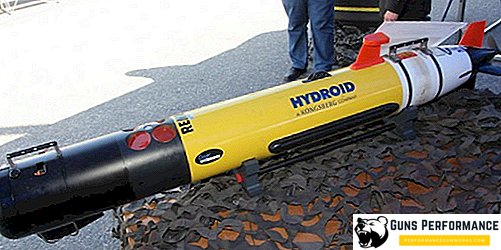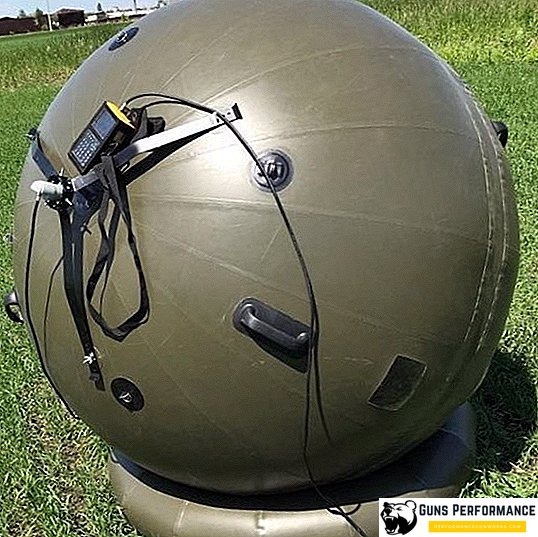
One of the residents of Maryland was counting on a good catch of crabs, but when he pulled out his nets, to his surprise, he faced a completely different object — an underwater autonomous vehicle owned by Northrop Grumman.
The weight of the device is 37 kilograms, and in length it reaches five meters. Remus 100AUV was built by Kongsberg-Gruppun to research and perform combat missions in coastal waters. This drone can descend to a depth of one hundred meters, moving at a speed of 4.5 knots. It can work offline up to 10 hours.
Grumman has its own unit in Maryland and uses the local bay for various kinds of tests. This time they were engaged in checking the sonar equipment, and also tested the latest technology of evading various obstacles.
The wife of an unlucky crabs catcher, who managed to lift Remus 100 UAV from the bottom, said that her husband was about to jam this drone, because in the fog it looked like a very big fish. However, he managed to pull out an expensive machine, the price of which is $ 250,000. The find was returned to the owners.

A little bit about underwater drones in Russia
Not only in the United States are engaged in the testing and development of underwater drones, but Russia is also actively developing in this direction. Some models are already being tested. One of them was "Galtel", which has already managed to participate in the protection of warships in Syria. Although the fleet uses a lot of automated underwater vehicles, but so far they are not completely autonomous.
Usually the actions of such devices are controlled by a specially trained operator, and the signals are transmitted through a separate cable. Basically, such devices are used to perform a variety of emergency response or during construction work under water. But it is "Galtel" will be the first fully autonomous robot that will help in the implementation of a number of tasks. The Russian military is interested in the development, so it is possible that in the near future this drone will go into service with the Russian Navy.












